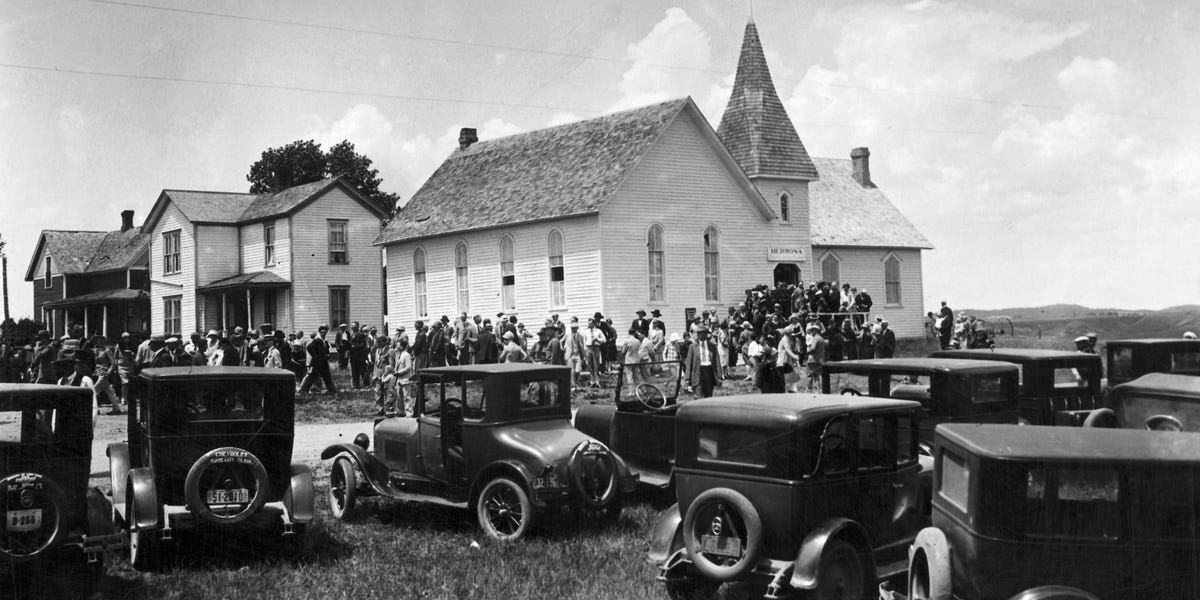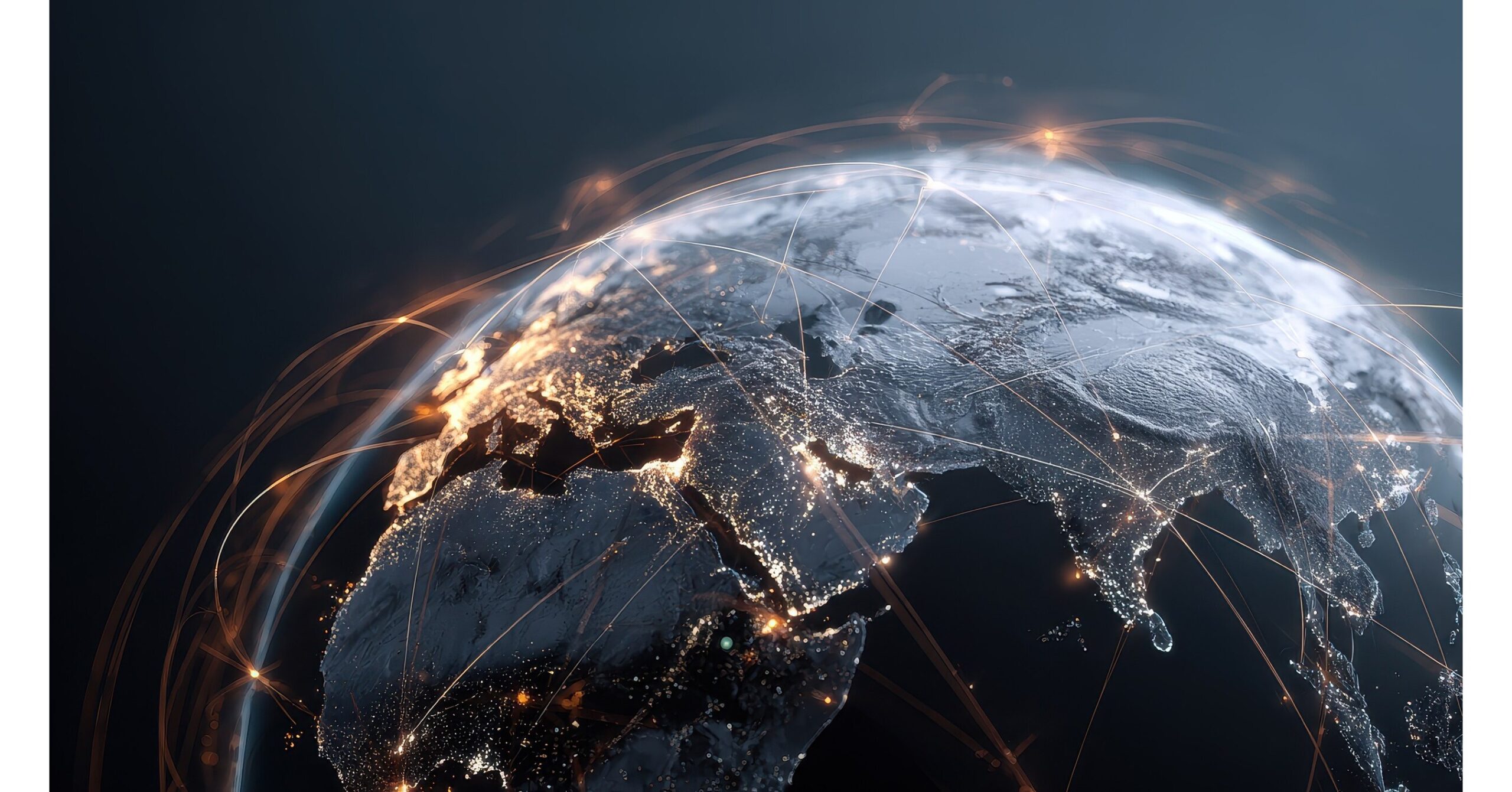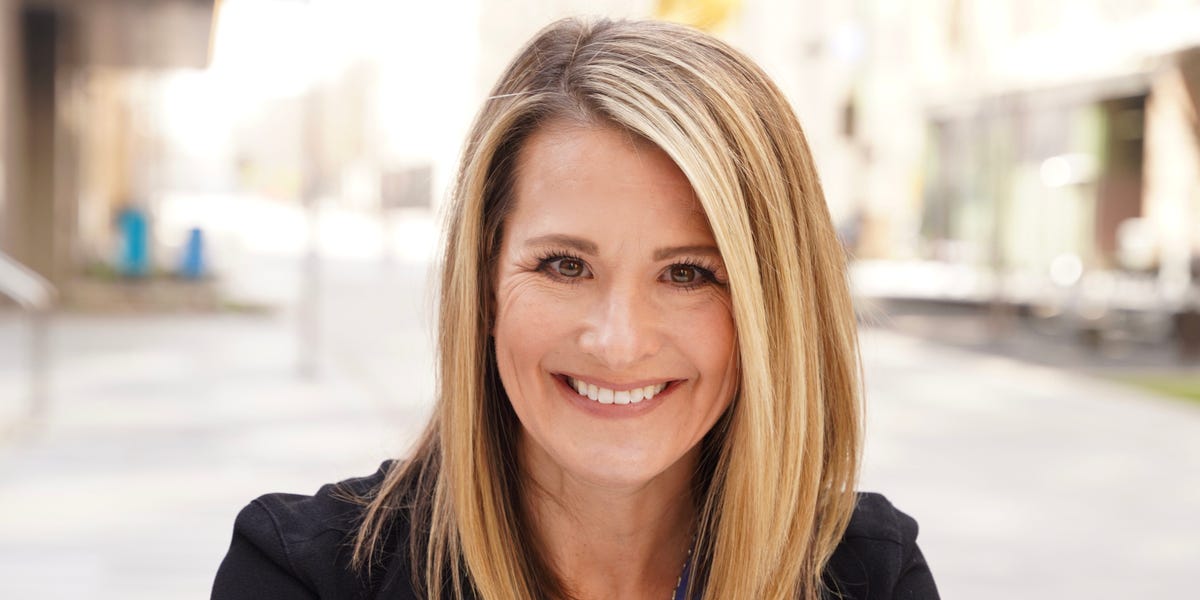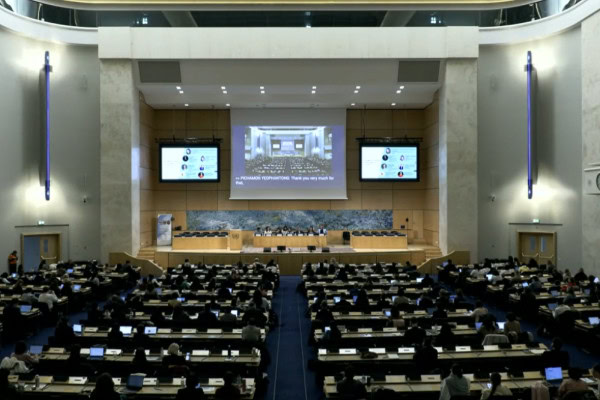USCG TACLET SOUTH OPA-LOCKA, Florida — At a time when a new war on drugs is brewing in the Caribbean, Business Insider grabbed a front-row seat as the Coast Guard trained to take down drug smugglers on the high seas.
Day in and day out, the Coast Guard is out on patrol for boats packed with hundreds of thousands of pounds of cocaine, marijuana, and other drugs, illegal narcotics with street values in the millions. Finding these drug boats on the open isn’t chance, officials said. It’s all carefully orchestrated, from the intelligence-gathering to the drone flights to the precision shots from a helicopter needed to cripple the engine of a vessel on the run.
The service follows a strict step-by-step process, relying on the training and experience of its pilots, precision marksmen, boarding teams, and other personnel.
In recent years, the Coast Guard has been seizing record numbers of drugs from its interdictions during deployments in the eastern Pacific and Caribbean, but drug smugglers out of South America keep them on their toes.
“The threat from narcotics traffickers and narco-terrorists is constantly evolving,” Cmdr. Chris Guy, commanding officer of Coast Guard South’s Tactical Law Enforcement Team, told Business Insider. “They are changing their tactics in order to try to elude detection and interdiction all the time.”
They switch up drug routes and vessels, shifting from “go-fast boats” to semi-submersibles, vessels more commonly called narco-subs. But as the smugglers adapt, the Coast Guard does, too.
Finding drug boats on the high seas
US Coast Guard photo
The hunt starts with eyes in the sky. Drones, patrol planes, and helicopter crews sweep the ocean for fast-moving boats suspected of carrying drugs north to the US.
The Coast Guard refers to vessels potentially carrying drugs as “targets of interest.” They keep an eye out for a number of potential red flag indicators, such as suspected drugs packages aboard the ship, the number of people on the vessel, weapons, even how many engines the boat has.
While the Coast Guard gathers intel, it tries to avoid accidentally tipping its hand, so it can take time.
The time it takes to gather the necessary data “all depends on the assets being applied to it,” Capt. Daniel Broadhurst, the commanding officer of the Coast Guard’s Helicopter Interdiction Tactical Squadron, told Business Insider.
The Coast Guard can draw critical intelligence from whatever’s in the air — Navy P-8 Poseidons or its own assets, such as the HC-130Js, MQ-35 V-BAT drones, or MH-65 Dolphin helicopters. Depending on the mix of assets available, spotting and tracking a suspect vessel can take 15 minutes, a few hours, or a full day.
Every detail is important, as it may help the Coast Guard build a case that can be used to prosecute smugglers once the drugs are seized and arrests are made, either in the US or the country of origin.
After wrapping up the recon phase, a helicopter crew is sent out to order the vessel to stop for boarding. If the suspected smugglers ignore the warning blaring over the loudspeakers, a gunner leans into the mounted machine gun and rakes three short bursts across the waves — the Coast Guard’s last warning before escalating and taking aim at the engines.
US Coast Guard photo by Petty Officer 3rd Class Alejandro Rivera
If the vessel doesn’t heed the initial warnings, a precision marksman takes the next step, disabling the boat’s engines with a rifle shot. Coordination with the pilots on position, angle, and speed is critical to making the shot count.
There’s standard script, Lt. Cmdr. Jamel Chokr, a pilot and mission commander at HITRON, said, “so theoretically, I could meet a gunner tomorrow, never have spoken to them, and we could walk out to an aircraft and affect an interdiction, and we could do it relatively seamlessly.”
He said that if the pilot and gunner have been flying together for some time, “you start really syncing up with them.”
Drug boats sometimes have several engines on them, or paneling that’s intended to shield the engines from a clean shot. The smugglers will sometimes try to use their own body to protect the engine, forcing the shooter to adjust to avoid injuring or killing someone not directly engaged in hostilities.
If someone aboard the boat falls or jumps into the water, the helicopter team has to seamlessly switch from interdiction to search and rescue mode, prioritizing throwing out life vests or flotation devices to those people while also keeping the drug vessel in sight. If the smugglers toss the drugs into the water, the crew will throw down devices to mark that location.
Once the target boat is disabled, the Coast Guard moves into the endgame phase. The helicopter team keeps their eyes and weapons on the vessel while the boarding team arrives.
Boarding drug vessels
US Coast Guard photo
The Coast Guard’s boarding teams position their vessels alongside the drug boat and begin what can be a highly dangerous process: the initial boarding can range in difficulty depending on the state of the seas, weather, time of day, and crew compliance.
Night time raids can be particularly risky, the darkness complicating even simple procedures.
The boarding crews have methods for disrupting and disabling vessels if needed, such as shouldering the boat, spraying fire houses, and using entanglers. Sometimes, how the interdiction process goes down is more of a leap-frog between teams, which makes communications between personnel essential.
After boarding, Coast Guard personnel want to swiftly take control of the vessel, including locating and apprehending any suspected smugglers, determining the origin and nationality of the boat and its crew, and investigating the drugs aboard. A translator will often come along to help gather information.
US Coast Guard photo by Petty Officer 2nd Class Laticia Sims
The boarding team also needs to be prepared for things to unexpectedly go south. If drug runners jump overboard, the mission switches to search and rescue. If they have weapons, the team has to neutralize them. Worst-case scenarios are anything that put the lives of the boarding team in danger.
If a vessel is stateless — no flag, no documents, and a silent crew — the Coast Guard enforces US maritime law. If it’s registered to another country, the process gets more complex, requiring coordination with that government under existing law enforcement agreements.
Collecting all evidence aboard a drug boat is intense and can take hours. The team extensively takes pictures of the vessel and equipment and the drugs.
Coast Guard crews go through and swab for drug residue, map the vessel for hidden compartments, detain the crew, and search electronics for evidence while verifying identities and criminal backgrounds. The seized drugs are stored aboard a cutter and later offloaded to federal agencies in port.
A precise legal process
US Coast Guard photo by Cutter Stone’s crew
Every interdiction hinges on legal approvals that must move up and down the chain of command, from Coast Guard leadership to law enforcement partners, often leaving boarding teams waiting for the green light to act.
“There’s a lot of legalities that come into play,” Coast Guard maritime law enforcement specialist Morgan Fussell told Business Insider. “And if you do any of those prior to getting full law enforcement authority, then the case obviously could be inadmissible in court and get thrown out.”
Finding drug vessels, getting permission to stop them, and seizing the cargo also relies on interagency cooperation, including with the Joint Interagency Task Force South.
Coast Guard helicopter and boarding teams regularly also find themselves aboard US Navy warships, as well as vessels belonging to international allies and partners. On those deployments, the priority is balancing interdictions with other objectives and missions.
At its core, the success of the service’s interdiction boils down to pursuing those interdictions precisely but also remaining flexible as things change. “Drug smugglers are ever evolving, and we do a really good job of training for that,” Chokr said. “So it’s kind of a cat-and-mouse game.”








